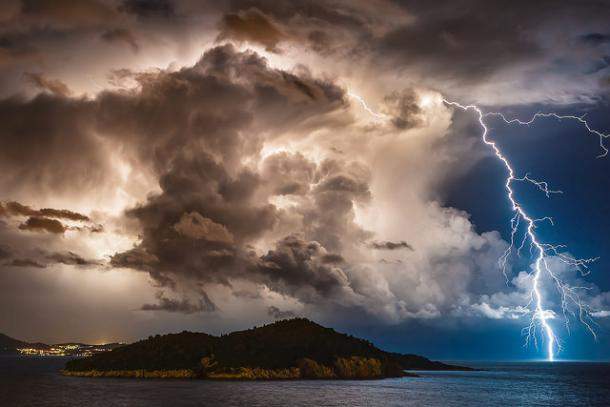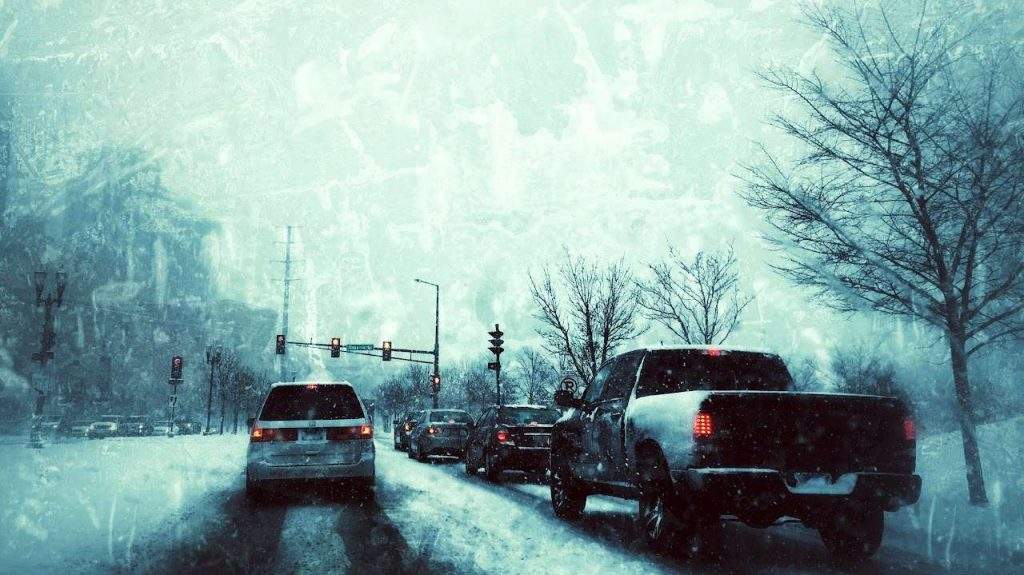El Niño, La Niña and Natural Disasters: The Connection

El Niño and La Niña are two of the most significant weather phenomena on the planet. They can cause widespread disasters and affect millions of people. Understanding the link between these events and disasters is crucial for preparedness and response efforts.
Understanding the Climate Impact of El Niño and La Niña
El Niño and La Niña are two opposing climate patterns. Both patterns can lead to changes in the atmosphere, having significant and far-reaching impact on weather and climate conditions in every part of the world.
El Niño occurs when the waters in the eastern Pacific Ocean warm up. There is typically an increase in rainfall in some parts of the world, while other areas experience droughts.
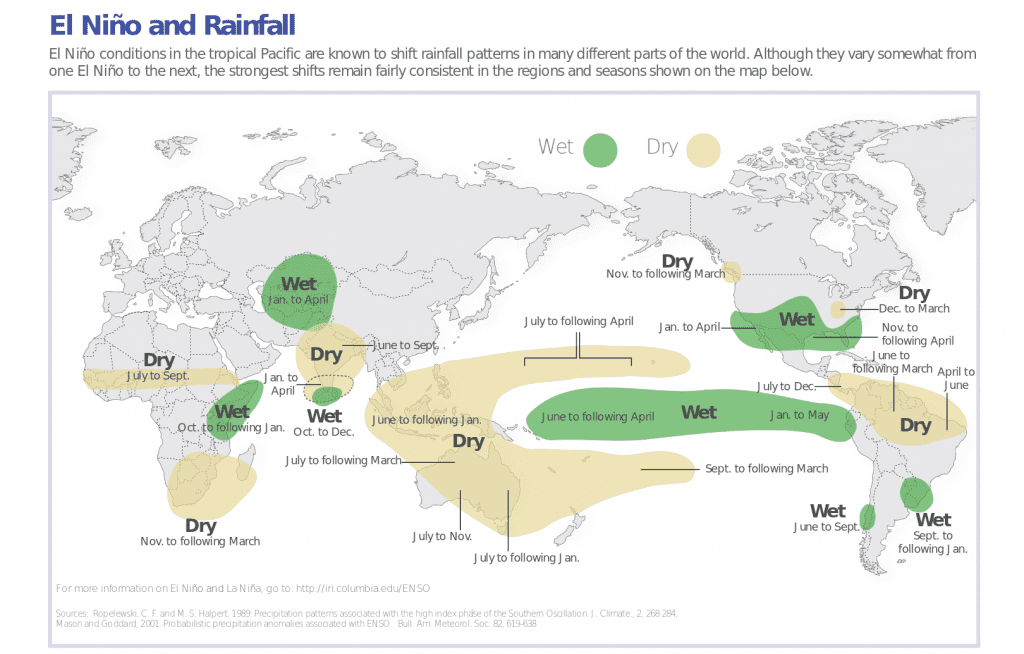
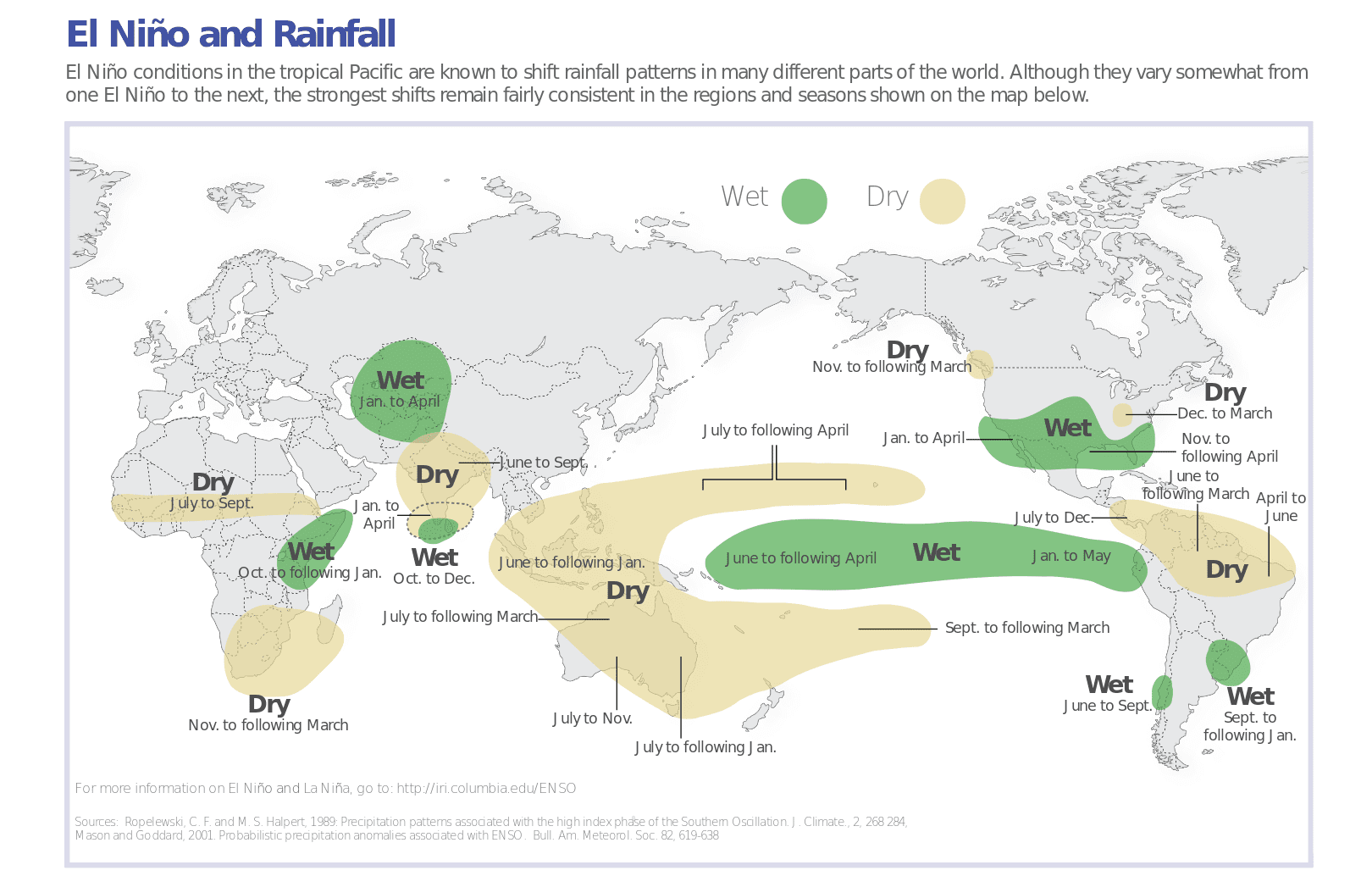
La Niña occurs when the waters in the eastern Pacific Ocean cool down. This time, there is typically a decrease in rainfall in some areas, while other areas may experience increased rainfall.
These patterns usually occur every few years and can last for several months to a few years, but they are becoming more frequent with global warming and climate change, which can lead to more powerful natural disasters such as floods, droughts, and wildfires.
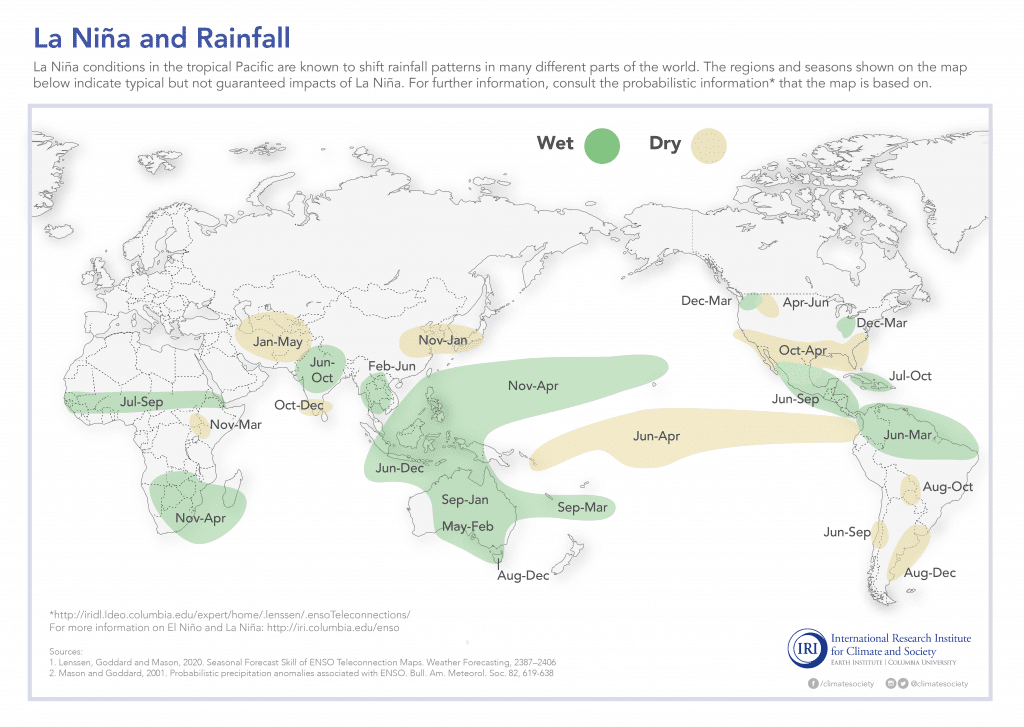

Understanding the link between El Niño, La Niña, and natural disasters is essential for taking steps to mitigate, prevent, and be ready for the damage caused by these climate patterns.
The Connection Between El Niño, La Niña and Natural Disasters
Both El Niño and La Niña can increase the likelihood of several types of natural disasters:
Floods: During El Niño events, some areas can experience heavy rainfall that exceeds their normal capacity, leading to flooding. During La Niña events, there can also be increased rainfall in some areas, leading to flooding in those regions.
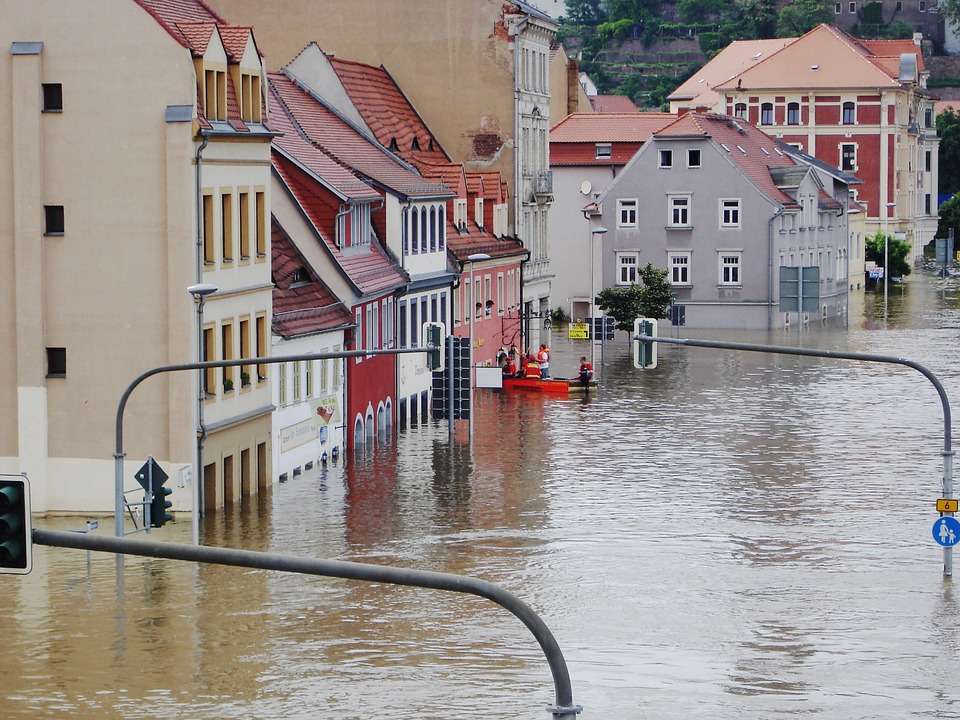
Droughts: Some regions, such as parts of Southeast Asia, Australia, India, Africa and Northern South America may experience drier than normal conditions during El Niño events, which can lead to droughts. During La Niña events, other regions such as parts of South America, Southern United States, Middle East and East Asia may experience drier conditions.
Hurricanes and tropical storms: El Niño events can weaken the Atlantic hurricane season, but can strengthen the Pacific hurricane season. In contrast, La Niña events can strengthen the Atlantic hurricane season, while weakening the Pacific hurricane season.
Heatwaves: During El Niño events, some regions may experience hotter than normal temperatures due to changes in atmospheric circulation. In contrast, during La Niña events, some regions may experience colder than normal temperatures.
Wildfires: El Niño events can increase the likelihood of wildfires in some regions, such as Indonesia, by creating dry conditions. La Niña events can also increase the likelihood of wildfires in some regions, such as Australia, by creating hot and dry conditions.
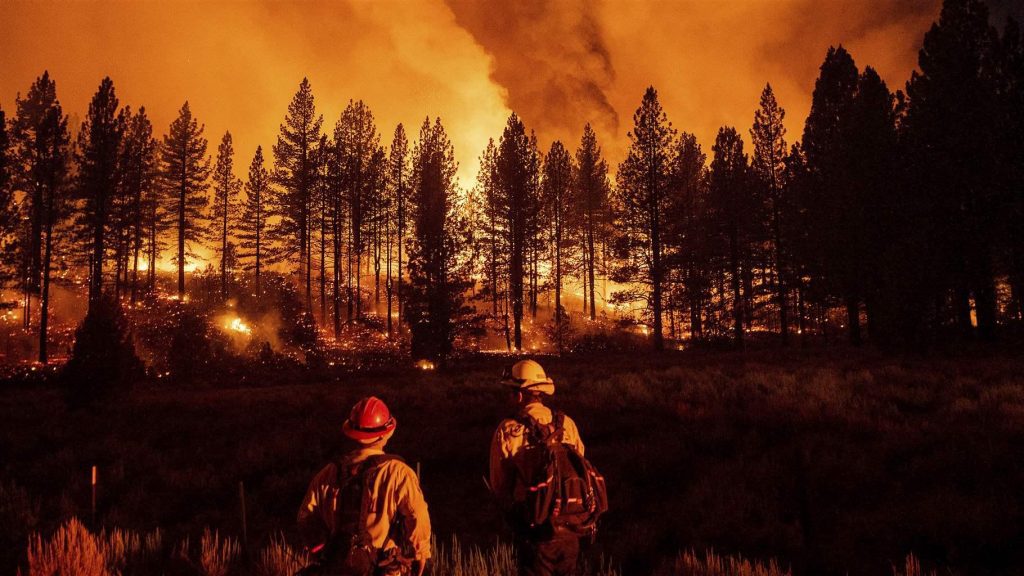
Additionally, El Niño and La Niña can impact agriculture, which can lead to food shortages and other related issues.
Overall, El Niño and La Niña events can have significant impacts on weather patterns around the world, and can increase the likelihood of several types of natural disasters.
It is important for communities to be prepared for these potential impacts, and for governments, organizations and individuals to take steps to mitigate their effects.
How Climate Change Affects the Frequency and Intensity of El Niño and La Niña Events
Studies have shown that climate change can cause changes in wind patterns that affect the strength of the trade winds, which play a key role in the development of El Niño and La Niña events.
Climate change increases the power of El Niño by causing more frequent and severe heatwaves, which can warm ocean temperatures and create the conditions necessary for an El Niño event to develop.
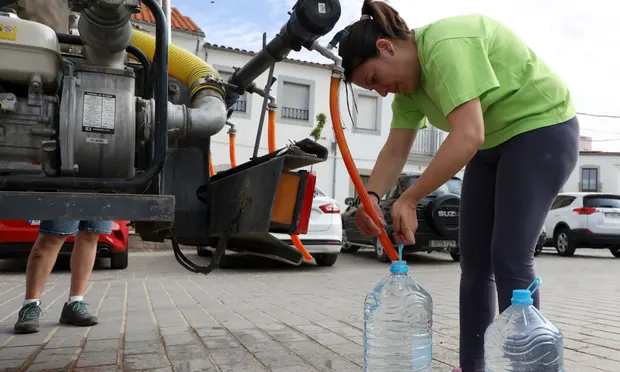
On the other hand, climate change can increase the power of La Niña by causing more frequent and intense rainfall events in certain parts of the world, which can lead to cooler ocean temperatures in the tropical Pacific. These cooler temperatures can then reinforce the development of a La Niña event, making it more powerful.
While studies are still being conducted, it is clear that the impacts of El Niño and La Niña events are amplified by climate change, with significant consequences for weather patterns, sea levels, and ecosystems around the world.
Preparing for Disasters Related to El Niño and La Niña
When thinking about preparedness for direct impacts of natural disasters related to El Niño and La Niña climate patterns, there are several approaches we can all take.
First of all, you should do some research on how El Niño and La Niña affects the area you live in – this could be wildfires during El Niño, droughts during La Niña, flooding during El Niño AND La Ninã, etc. If you have difficulties finding out how your region is affected, please don’t hesitate to contact us and we’ll give you a hand with this information.
Second, detect vulnerabilities in the area and prepare accordingly to deal with potential disasters in your region when any of these climate patterns are in action.
Collective Measures Your Community and Government Can Take:
Early warning systems: The development and implementation of early warning systems for potential disasters, such as floods and droughts, can provide communities with advance notice of potential hazards. This can help people take necessary precautions and prepare for potential impacts.
Infrastructure improvements: The construction of flood barriers, drainage systems, and improved water management infrastructure, can help mitigate the impacts of floods and droughts.
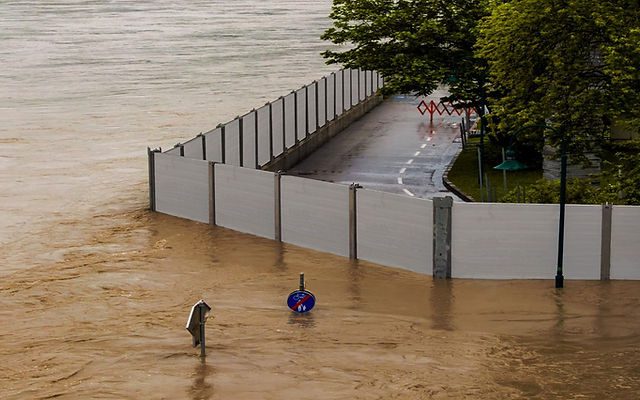
Land-use planning: Land-use planning that takes into account the potential impacts of El Niño and La Niña events can help prevent or mitigate disasters. For example, avoiding development in areas prone to landslides or flooding can help prevent damage from heavy rain and overflowing rivers. Your community can help control land use by making official complaints when there is development in risk prone areas.
Drought management: Drought management measures, such as water conservation practices and the development of alternative water sources, can help mitigate the impacts of droughts. Communities in drought-prone areas can set up an emergency water supply system.
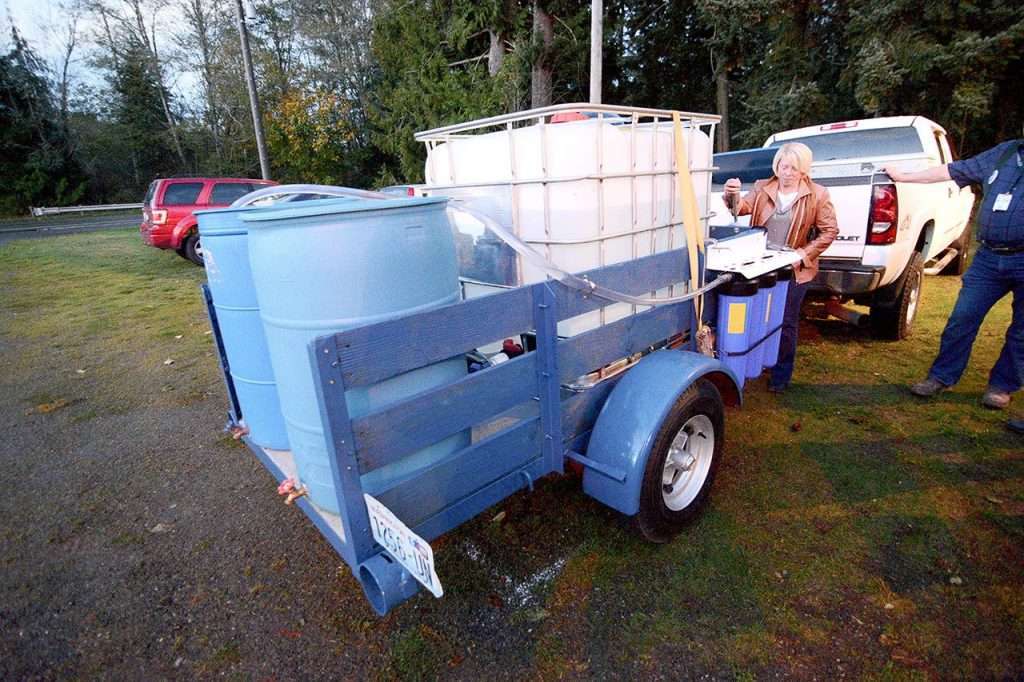
Disaster preparedness plans: Communities can develop disaster preparedness plans that outline steps to take in the event of a disaster. If possible, ideally, the preparation of these plans can be assisted by a professional, so that they include the best possible alternatives for evacuation routes, shelter locations, and emergency communication protocols, among others.
Public awareness and education: Educating the public about the potential impacts of El Niño and La Niña events, and how to prepare for them, can help increase awareness and reduce the potential for disaster.
Individual Measures You and Your Family Can Take:
Stay informed: Keep yourself informed about the current weather conditions and potential hazards in your area. You can do this by regularly checking weather forecasts and monitoring the news for any updates on potential disasters.
Some governments and organizations have alert systems you can sign up to receive weather warning messages right on your phone.
Have an emergency kit: Create an emergency kit that includes essentials such as food, water, medications, and first aid supplies, in case you need to go to a safer place or evacuate. Make sure to have enough supplies for at least 72 hours.
Secure your home: Take steps to secure your home, such as reinforcing doors and windows, clearing gutters and drains, and securing loose objects outside that could become hazards in high winds.
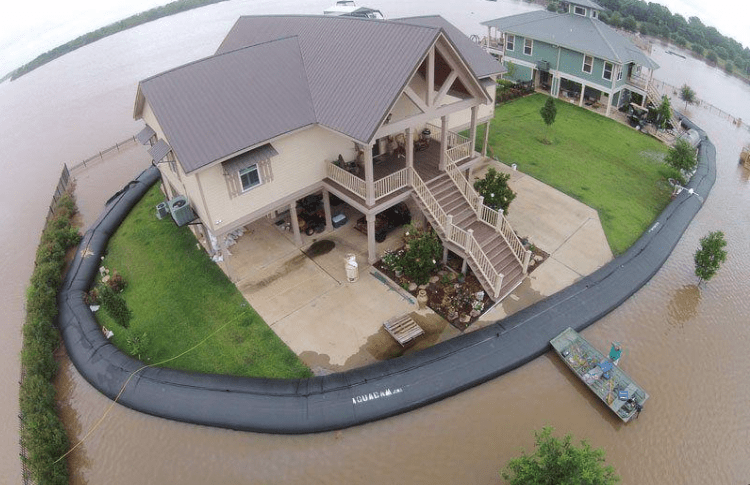
Be ready to evacuate: Know the evacuation routes in your area and have a plan for where you will go if you need to evacuate. Make sure to also have a plan for your pets.
Prepare for power outages: In the event of a power outage, make sure to have a supply of batteries, flashlights, and other emergency lighting options.
Land-use watch: While in most areas land use control is the responsibility of the government, you can help by making official complaints when there is development in risk prone areas. Inadequate neighborhood development can put your life and that of your family at risk.
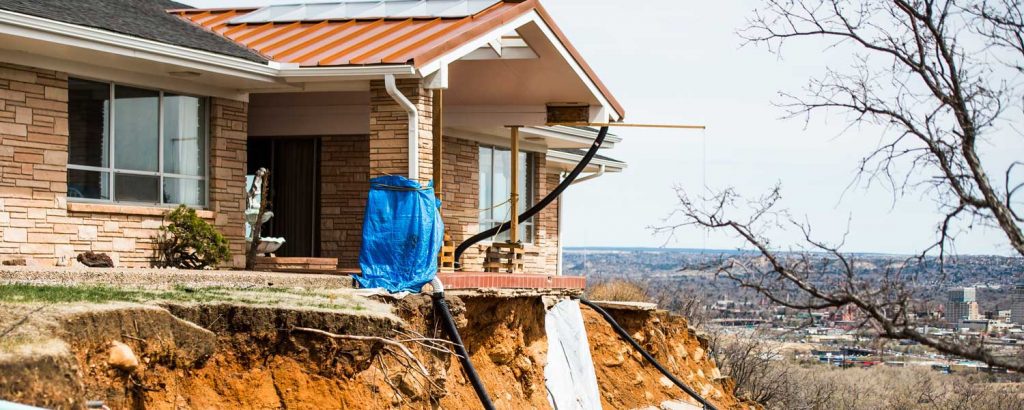
Conserve water: During drought conditions, conserve water by fixing any leaks and taking shorter showers. Avoid watering lawns and washing cars. Keep in mind that you may also need clean water during prolonged flooding, when water can be easily contaminated by sewage and waste.

